One of the most critical aspects of wheel hub bearing replacement is the proper tightening of the drive axle nut
Torrance, Calif.—One of the most critical aspects of wheel hub bearing replacement is the proper tightening of the drive axle nut. Correct tightening of the drive axle nut sets the appropriate preload and ensures accurate internal clearances on many hub bearings during installation.
If the drive axle nut is under-tightened, this can create insufficient preload on the bearing and excessive internal clearances, resulting in bearing noise complaints, premature wear, and failure of the hub bearing. An under-tightened drive axle nut can also affect the operation of the ABS wheel speed sensor on some vehicles resulting in the illumination of the ABS warning light in the instrument cluster.
If the drive axle nut is over-tightened, this will create excessive preload on the bearing and insufficient internal bearing clearances, which can also result in bearing noise complaints and excessive heat buildup in the bearing, premature wear, and failure of the hub bearing.
The correct method for tightening the drive axle nut is to:
1) Refer to the vehicle manufacturer service information for the hub bearing replacement procedures and the torque specifications for the drive axle nut.
2) Using an accurate torque wrench, torque the drive axle nut to the correct specifications.
3) After torquing the drive axle nut, stake the edge of the drive axle nut into the drive axle slot and/or install a new cotter pin into the drive axle. (If applicable)
Note: Be aware that on some applications, the vehicle manufacturer requires that the drive axle nut is not to be reused and is replaced with a new drive axle nut anytime it is removed.
An impact wrench should never be used to tighten the drive axle nut. The impact wrench is too imprecise and cannot accurately control the amount of torque applied. This will result in an under or over-tightened drive axle nut. The vibration, “hammering,” and shock from an impact wrench can also damage the axle nut, drive axle, and hub bearing.
Some key points for hub bearing replacement
• Clean the vehicle bearing mounting surface of all rust and corrosion to ensure proper seating and alignment of the new hub bearing.
• Torque all hub bearing mounting bolts to vehicle manufacturers’ specifications using a torque wrench.
• Torque the drive axle nut to vehicle manufacturer specifications using a torque wrench.
• An impact wrench should never be used to tighten the drive axle nut.
• Properly route and secure the ABS wheel speed sensor cables to prevent contact and damage from the drive axle and other rotating driveline components.
• Torque the wheel lug nuts to vehicle manufacturer specifications using a torque wrench.



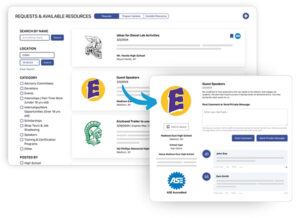
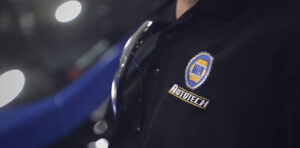
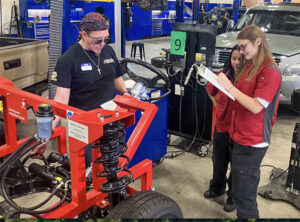
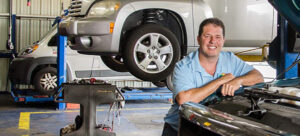
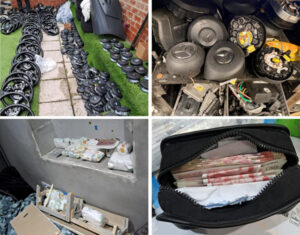

Comments are closed.